Ever since the 15th century, animal species around us have been gradually disappearing off the surface of the Earth due to human intervention. This number has been consistently rising.
The key factors accelerating this process
habitat loss/destruction
trophy hunting
toxic pollution
introducing new species into ecosystems
rapid climate change
The last three have escalated ever since the Industrial Revolution, when the burning of coal, natural gas, and oil was introduced. The most rapid (and concerning) decline in biodiversity can be observed in the past century when we discovered the use of petroleum.
Since then, we have lost 500 species since the break of the 20th century, the same amount of land animals is on the brink of extinction, and are likely to disappear within the next 20 years.
Humankind is an extremely adaptable species – so it is uncertain whether we will outlive the other species or die out ourselves. The only question is: is the kind of reality we want to live in? Without our smaller brothers and sisters, in an intoxicated environment?
Currently, nearly half (that’s 177 animal species surveyed) of all animals have lost 80% of their range over the last 100 years, and 99% of all species that have ever existed have become extinct. The extinction rate is 50 times faster than the expected background rates.
As far as science shows, the planet has experienced five mass extinctions. Perhaps the most studied mass extinction, marking the boundary between the Cretaceous and Paleogene periods about 66 million years ago, wiped out the dinosaurs and created space for the evolution of birds and mammals. It was caused by a meteorite – the other four, however, were caused by phenomena occurring on Earth.
The sixth extinction would be the first caused by humans.
"We are basically annihilating the life on our planet -- and that is the only known life ... in the entire universe," - Paul Ehrlich, professor of population studies at Stanford University.
Even though mass extinctions are a natural part of the Earth’s life cycle, the current one is occurring much faster than usual due to habitat destruction and climate change. There is no doubt that humans are responsible for this crisis and if we don’t change our levels and choices of consumption, things are not going to get better.
If we think that we can make it alone, we are wrong! We are an interdependent species, needing animals, plants, and microorganisms for a range of essential ecosystem services, such as crop pollination and protection, as well as climate regulation. They ensure us with breathable air and clear water. Each time, one of these species disappear – humanity suffers.
Even the smallest creatures, such as bees play such a significant role for civilization. We have been using pesticides on our plants, and introduced a predatory species of the Asian hornet together with imported goods which are a threat to bees. Without these insects, we will have no food – simple as that. 87 of the crops humanity relies on for nutrition would not survive without pollination, leaving only 28 types. This would cause hunger in the world.
The American Bison
Another example is the case of the American bison. The native Americans depended largely on the bison as a source of food, leather, fur and other goods necessary for a nomadic lifestyle. In the 19th century, the bison was very widespread, with a population of 15 million, however, after the introduction of firearms – their numbers decreased so quickly that, by 1890, the tribes were forced to resettle in a different area and lost their key source of income.
Or, let’s look at the Passenger Pigeon. The disappearance of this bird due to “commercial killing” in the 19th century caused the explosion of mice and deer populations (both were competing for the same source of food)… which in result caused the widespread of Lyme’s disease. The symptoms of this disease can even include facial paralysis and arthritis.
We may feel powerless, but that is not the case. By taking action ourselves, we can inspire others with our habits and before we know it… voila, we will have created a wave of change over the world.
So, what can we do to make a change?
Reduce plastic waste (Post-plastic era: 10 lifestyle hacks for reducing plastic — The Conscious Club)
Avoid fast-fashion – instead, check out the vintage stores, or organize a clothes swap with friends.
Consider the forms of transport we choose. Cycle whenever possible, try to take public transport, fly only when other means of transport are not possible (apparently, aircraft manufacturers are researching how to make flying more sustainable… pleaaseee)
Go vegetarian (or limit the consumption of meat)! 40% of the world’s land has been used for farms and raising livestock – most of it to grow feed for cattle. This number needs to decrease…
Lose the ego and notice we are just another species living on the planet. Natural resources have a limit, and if we don’t become mindful with the usage of fossil fuels, palm oil, using non-biodegradable materials and pouring chemicals into waterways – humanity will suffer dearly. Go minimalist and consume only as much as necessary.
Support organizations which are rescuing fauna life, on land and in sea – for example, Coral Reef Alliance, Elephants Without Borders, Plastic Pollution Coalition, WildAid, The Great Ocean Cleanup….
You got this Conscious Readers!
- Written by Michelle Prygiel

